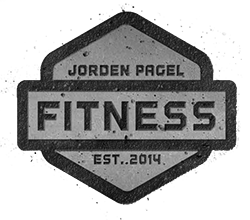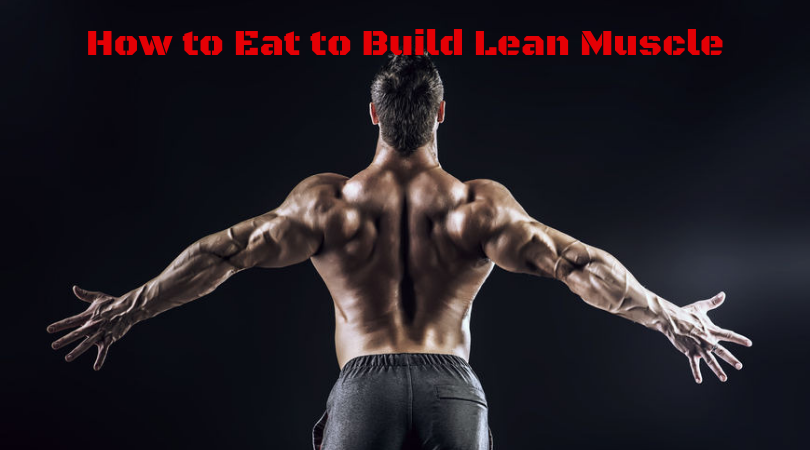Workout Nutrition: Everything You Need to Know
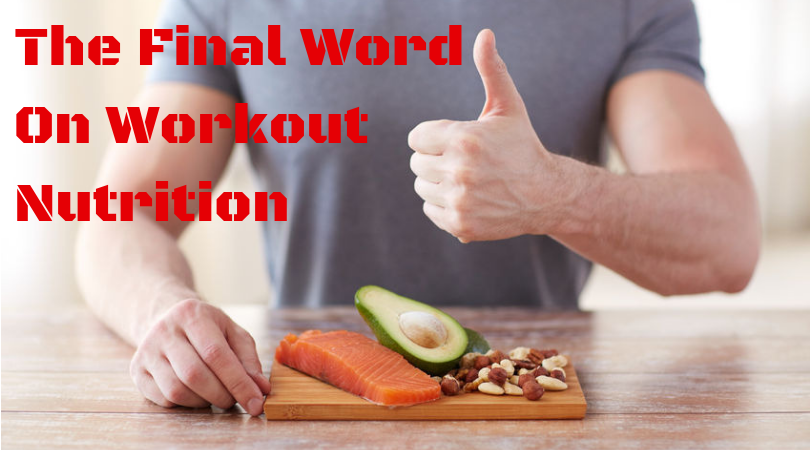
On the long list of common questions I get from people regarding fitness, workout nutrition has to be in the top five…maybe the top three. And I don’t know why I continuously get asked about this. The answer is obvious…it’s been around the internet since the dawn of time:
Guzzle a protein shake within 27 seconds of completing your workout, and you won’t lose dem gainz. Duh.
Obviously, I’m kidding. The idea that you need to drink a protein shake, or eat immediately upon finishing a workout or you’ll have wasted your workout is completely and utterly ridiculous.
However, peri-workout nutrition (how you fuel yourself before, during, and after your workout) is not. Which is why, today, I want to address the importance of peri-workout nutrition for performance and results, while giving you the specific strategy I’ve learned and use to maximize both.

First, let’s define a few things:
First: The context with which we’re going to discuss peri-workout nutrition is in regards to those who are regularly performing high-intensity strength and resistance training sessions.
This doesn’t apply to long-distance/long duration cardio. That’s a bit of a different animal. This also doesn’t apply to people performing low-moderate intensity/duration cardio (less than 2 hours), or people going to the gym to superset sets of checking social media with sitting around for two hours.
This applies those performing regular bouts of intense weight training. And hopefully, since you’re reading this, that means you.
Second: While what we’re going to talk about is optimal – based on your body’s physiological processes and response to training – there is still the individual component; meaning you still need to take into account you. If you don’t enjoy training fed, then don’t. Or, experiment with different foods to find what works for you and your schedule
What I’m doing here is simply laying out what I believe, based on my experience and research, to be the most optimal workout nutrition strategy. It’s up to you to individualize it for yourself.
The Importance of Workout Nutrition
Peri-workout nutrition is important for two reasons: maximizing muscle protein synthesis (MPS) and minimizing muscle protein breakdown (MPB); while providing enough energy to train with intensity.
MPS is specifically crucial because it’s the process by which our bodies use the amino acids in the protein we eat to help repair and build muscle tissue. On the other hand, MPB is what happens when there’s not enough fuel for the body to properly recover from a hard training session, and it starts breaking down muscle tissue to compensate. Regardless of whether your goal is fat loss or muscle gain, ensuring that the rate of MPS is higher than the rate of MPB is critical to your results.
Therefore, it’s important that our peri-workout nutrition address this.
Pre-Workout
The goal of our pre-workout nutrition is two-fold: prime MPS while also fueling the body to help promote an intense workout. A meal of protein, carbs, and a small amount of fat is going to be the most optimal.
Protein is going to take care of maximizing MPS. Good pre-workout protein sources include a whey isolate shake, chicken, fish, lean beef, egg whites, or eggs (if eggs are your choice, no need to add a fat source).
Carbs are going to be where you get your fuel from. However, the type of carbs here is important.
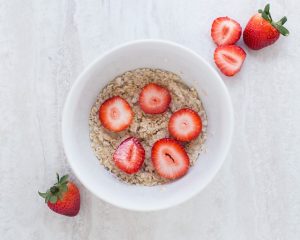 The goal of your pre-workout carbs is to provide energy while minimizing spikes in insulin. Spiking insulin too far in advance of your workout is going limit the amount of fat burning that will happen, while possibly leading you to feel tired during your workout due to the rapid drop in blood sugar following insulin spikes. For this reason, we want to minimize the amount of fast-digesting, high-glycemic carbs prior to your session. Things like whole wheat bread, oats, potatoes, and most fruits are good options.
The goal of your pre-workout carbs is to provide energy while minimizing spikes in insulin. Spiking insulin too far in advance of your workout is going limit the amount of fat burning that will happen, while possibly leading you to feel tired during your workout due to the rapid drop in blood sugar following insulin spikes. For this reason, we want to minimize the amount of fast-digesting, high-glycemic carbs prior to your session. Things like whole wheat bread, oats, potatoes, and most fruits are good options.
You also can add a little bit of fat to your pre-workout meal as well. Fat is going to slow digestion a bit, which will help minimize insulin spikes even further. Nut butters, or as I said above, fat from your protein, is ideal.
Depending on how your body digests food, you want to aim to have your pre-workout meal about an hour before you train. If your stomach is still working to digest your food, that means less blood flow available to your muscles; potentially reducing the effectiveness of your workout. Play around with timing to find what works and feels best for you.
As far as how much to eat prior to your session, this does depend slightly on your macro profile, but aim to have somewhere around 30 grams of protein, 40-50 grams of carbs, and 10 grams of fat.
Intra-Workout
The goal of your intra-workout nutrition is to maximize MPS while minimizing MPB through the deliverance of amino acids, while also maximizing the release/utilization of insulin – the body’s most anabolic hormone. Which means there are two different processes going on here…
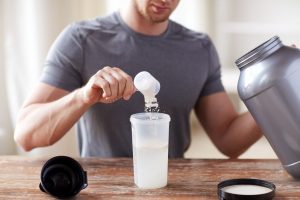
The popular choice for delivering aminos during a workout is by using Branched-Chain Amino Acids, or BCAAs. BCAAs contain leucine, valine, and isoleucine; three of the nine Essential Amino Acids (EAAs). Many people believe, and studies have shown, that BCAAs work to prevent MPB, mostly due to the presence of leucine.
Where BCAAs fall short, however, is that they only have a small effect on MPS; meaning that while they do help prevent the breakdown of muscle tissue, they do not have a significant effect on building new muscle tissue. This is because in order to create new muscle, the body needs the presence of all nine essential amino acids.
And according to this study, BCAAs can actually increase MPB over time, because the body has to get the essential amino acids from somewhere. So, if they’re not being ingested, it gets them from breaking down existing muscle tissue.
(There is also the issue that BCAAs can inhibit tryptophan and tyrosine from getting to the brain; which prevents the creation of serotonin and dopamine. EAAs have no such effect.)
So, on the whole, while BCAAs can prevent MPB, they cannot maximize MPS. And regardless of whether your goal is fat loss or building muscle, you want the rate of MPS as high as possible; so supplementing with EAAs over BCAAs is a much better bet.
(Can we put the final nail in the BCAA coffin yet?)
On the other side of the intra-equation, we have the need to maximize the release of insulin during our workout. Insulin is responsible for delivering nutrients to our cells. And during our workouts, we want as much energy (carbs) being delivered to our muscles as possible.
The best way to do this is through an extremely fast-digesting carbohydrate source, like highly-branched cyclic dextrin. The dextrin is going to pass through your stomach and enter your bloodstream very quickly; thus starting that process of delivering glucose to your muscle cells.
Since you don’t want to stop and eat another meal while you’re training, the best way to deliver the EAAs and HBCD is through an intra-workout shake. There are a lot of products out there designed to help deliver this combination, but they can be expensive. For a cheaper option, I recommend cyclic dextrin with an EAA boost from True Nutrition.
If you’re just mixing it yourself, however, you ideally want a combination of about 5 grams of EAAs with about 30-40 grams of carbs from HBCD. Additionally, you can add in 5 grams of citrulline to help improve blood flow and reduce soreness.
Start drinking your shake about 10-15 minutes prior to your session, to start the flow of nutrients, and continue drinking it as you train.
(Note: I do not count these carbs towards my daily calorie intake. Yes, they do “count,” however, they are immediately being utilized, and more importantly, they are a constant – meaning regardless of whether I’m losing fat, maintaining, or building muscle, they are always a part of my diet. And I just adjust my calorie intake around it.)
Post-Workout
Here’s where I’m going to blow your mind…
If your pre and intra-workout nutrition are on point, the need to then also prioritize a post-workout meal is *almost* a moot point.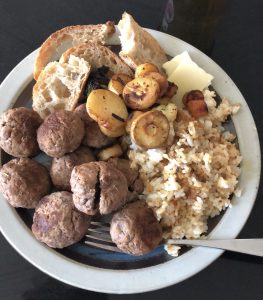
No, you don’t need to go slamming protein shakes immediately following your workout, or hit three drive-ins on your way home to avoid losing your gains.
If you followed the protocol above for your pre and intra-workout nutrition, then you’ve maximized MPS, and minimized MPB. So, rushing to eat a post-workout meal is not going to provide any additional benefits in that respect.
Simply, all you need to do is eat a well-balanced meal within a few hours of training. That’s it.
Now, if you’re not eating prior to your session, or taking in intra-workout nutrition, then the post-workout meal becomes much, much more important. In that case, aim to get 60-70 grams of carbs and 40-50 grams of protein post-workout, with trace fat intake.
Wrapping Up Peri-Workout Nutrition
I can say, I have noticed a pretty significant difference in my training while following this protocol.
I don’t always prioritize my pre-workout meal – sometimes I like to train fasted – so I put the emphasis post-workout instead. But when do eat before my session, I see a noticeable uptick in energy. And combined with the intra-workout nutrition (which I always do) my pumps are better, training sessions are more intense, and as a result, progress is better as well.
So on the whole, experiment with prioritizing my peri-workout nutrition the last few months has been a successful endeavor. Not only do I notice my individual sessions are better, but I have a lot less soreness, which means I can train harder and more often; which creates a compounding effect and improves results even further.
If you have the basics of your nutrition down, are training hard and with intensity, optimizing your peri-workout nutrition could be the tweak that helps take your results to the next level. It takes some trial and error and finding the way that works for you, but I can confidently say – anecdotally at least – there is a difference.
Want more tips to help take your results to the next level? Follow me on Instagram, and sign up for my newsletter; where you’ll get mind-bending, deliciously juicy info delivered to your inbox multiple times per week.
Want your own workout nutrition plan as part of a customized fat shredding, muscle-building program; designed to take you from chubby to chiseled? Apply for a spot in my one-on-one coaching program.
